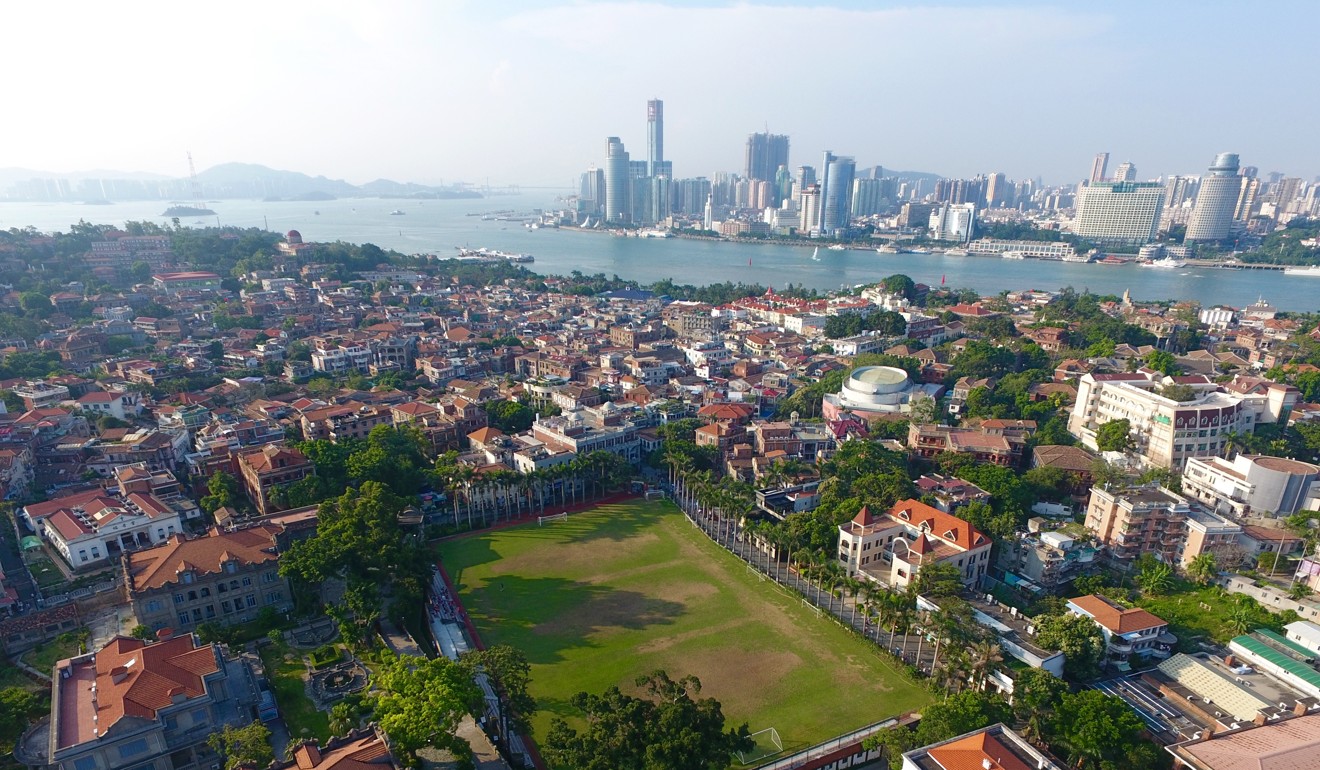
UN heritage body adds another China site to list, but top official says don’t celebrate yet
The United Nations has added the island community of Gulangyu in the southeast Chinese province of Fujian to its World Heritage list, putting China on par with Italy as the nations with the most sites recognised by the body.
But China’s official in charge of protecting cultural wealth warned against viewing the recognition as an end in itself, saying many challenges remained in properly managing sites.
Gulangyu is a small island about 20 minutes by boat from Xiamen. It served as an outpost for several foreign governments, including the British and Japanese, from the mid-19th century.

Its mix of architectural styles combined with its ban on cars and bicycles, has turned the area into one of the country’s top tourist attractions.
Meeting in Poland on Saturday, the Unesco World Heritage Committee announced that Gulangyu had been added to the World Heritage list, the 52nd entry for China, Xinhua reported.
Only Italy has as many sites on the list.

“There is a mixture of different architectural styles including Traditional Southern Fujian style, Western Classical Revival style and Veranda Colonial style,” the committee said in a statement.
Liu Yuzhu, head of the State Administration of Cultural Heritage, told Xinhua that the list was about more than bragging rights.
“We should treat [every inclusion] with moderation and calm. Currently, many problems and challenges still lie ahead ... We should pay more attention to management, protection and preservation work after being recognised,” Liu was quoted as saying.
The Unesco committee also recognised Cambodia’s ancient temple site Sambor Prei Kuk and the Japanese island of Okinoshima. Xinhua reported that China would continue to assist cultural heritage efforts around the world, including protecting Cambodia’s Angkor Wat and helping Nepal restore a temple in Kathmandu’s Durbar Square.

